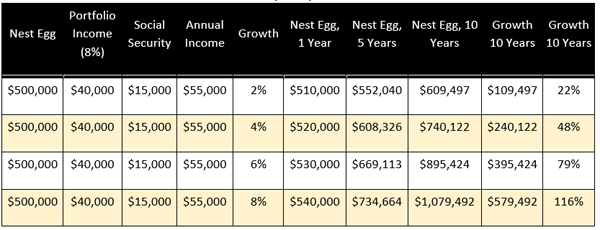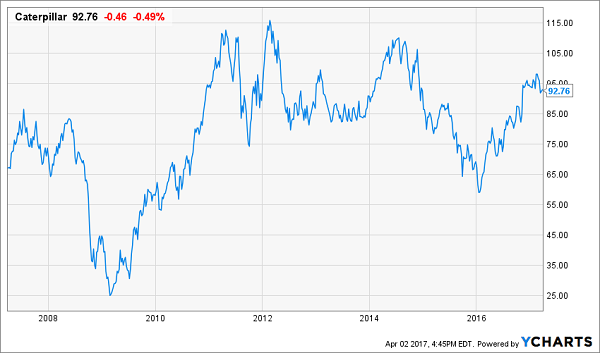7 Screaming CEF Buys With 9.3% Yields and 50% Upside
Michael Foster, Investment StrategistUpdated: April 11, 2017
A few days ago, I showed you exactly why now is the time to be greedy—not fearful—when it comes to stocks.
And now, buried deep in the latest gross domestic product (GDP) report is a tiny data point that proves I’m right. It’s the clearest signal in years that now is the time to buy.
I’ll show you 7 funds perfectly positioned to take advantage while handing you safe dividend yields up to 9.3% in just a moment. First, let’s talk about that under-the-radar signal I mentioned.
The report’s headline number showed that fourth-quarter GDP rose 2.1%, slightly above economists’ expectations of 2% growth.… Read more



